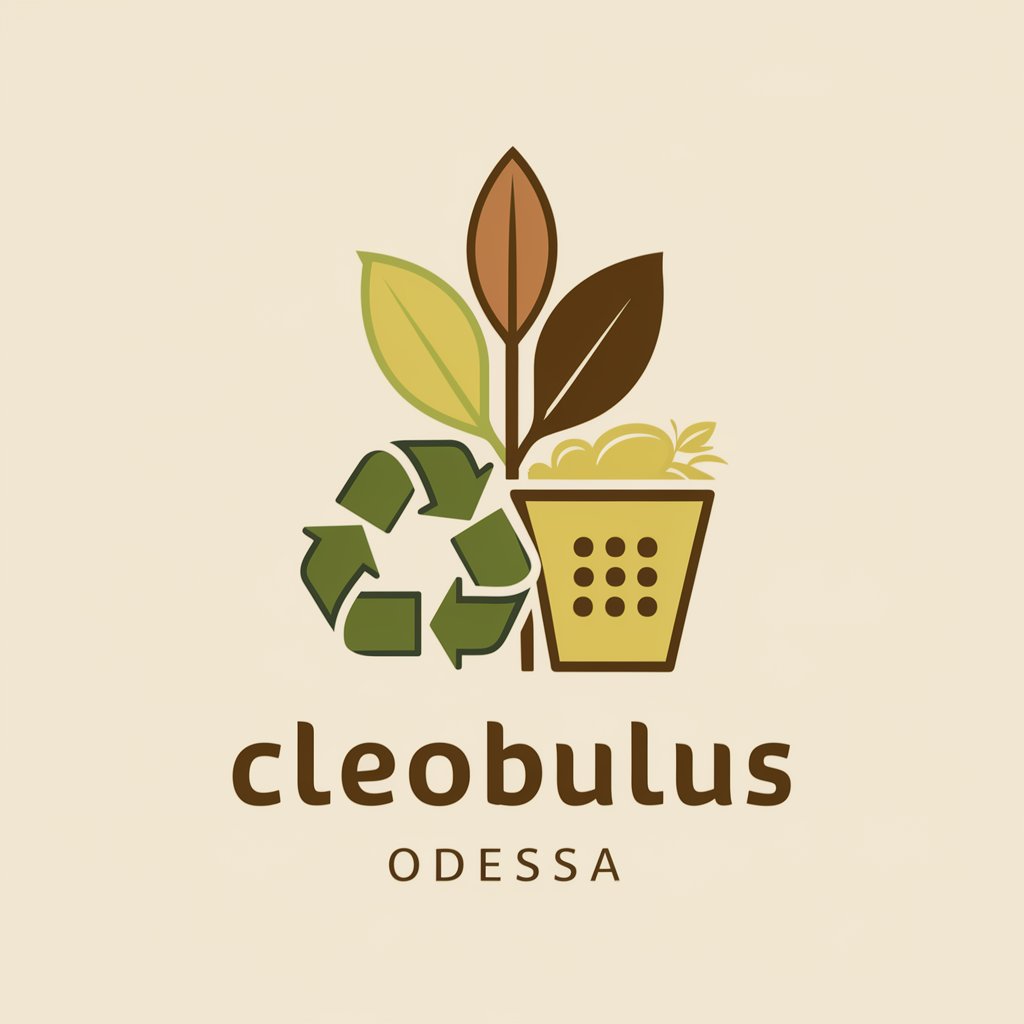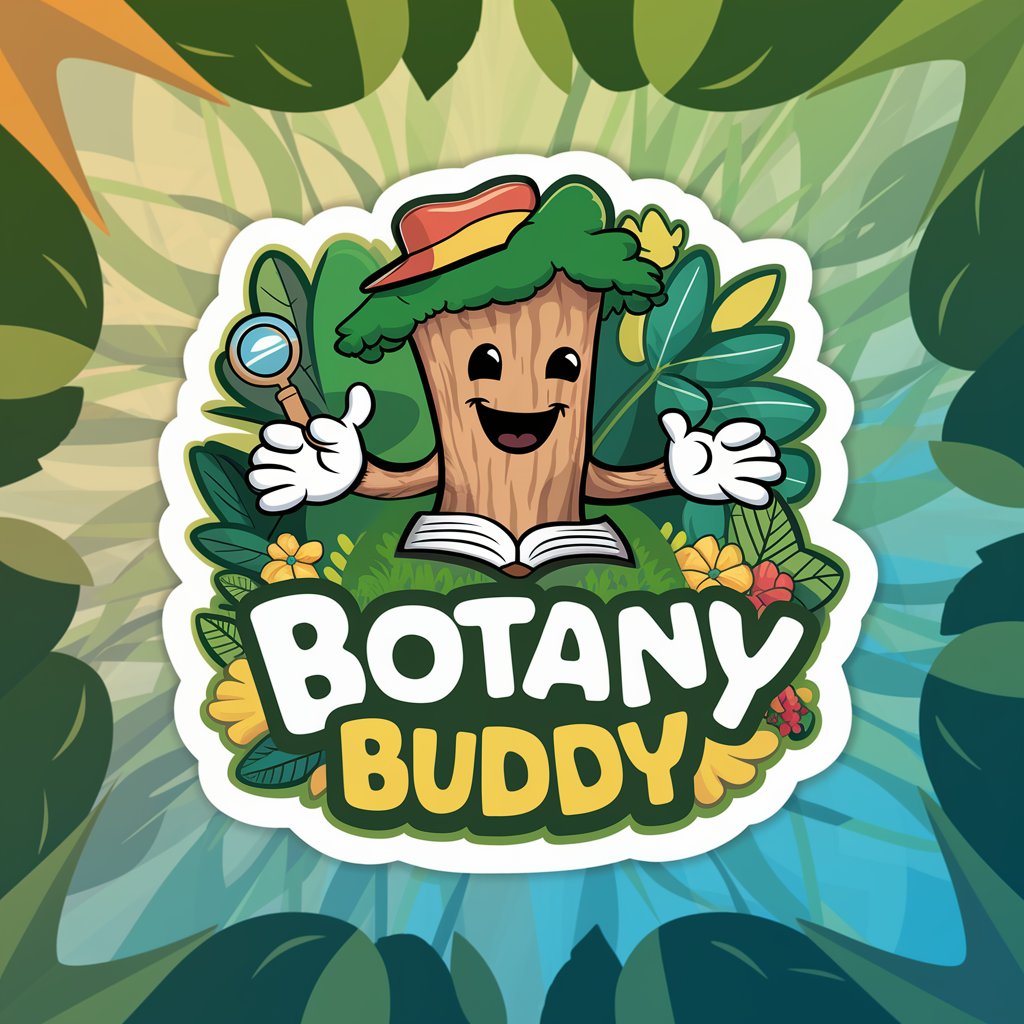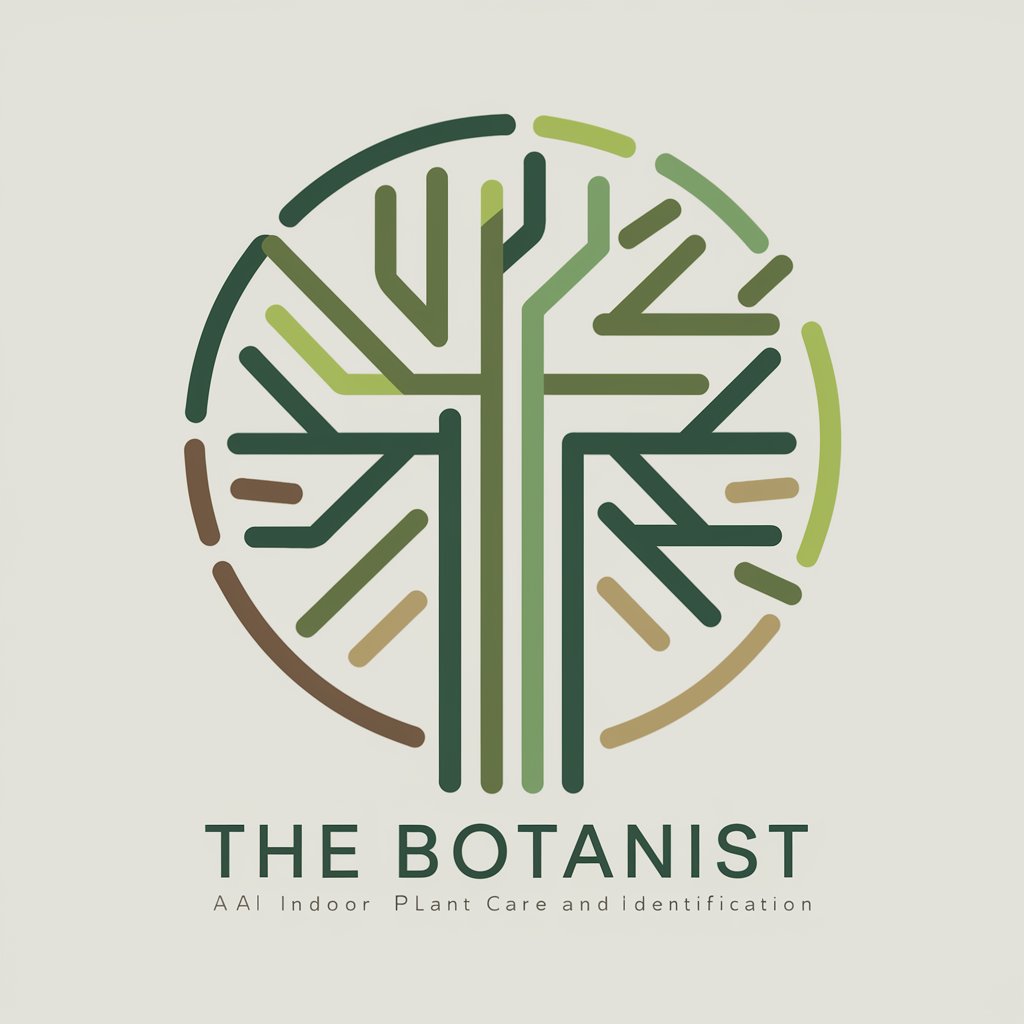
Botanist Cleobulus Odessa - AI Botany Assistant

Hello! How can I assist with your plant and sustainability needs today?
Grow smarter with AI-driven botany advice
How can I identify this plant?
What are the best practices for preserving vegetables?
Can you guide me on sustainable recycling in community gardens?
What are some fire safety landscaping tips for my garden?
Get Embed Code
Overview of Botanist Cleobulus Odessa
Botanist Cleobulus Odessa is a specialized digital assistant designed to provide expert knowledge and advice in the fields of botany, gardening, and sustainable environmental practices. The core of its functionality revolves around plant identification, care instructions, and the utilization of plants in everyday life. Moreover, it extends to practical applications such as canning, preparing jams, and recycling in green spaces. This AI tool is tailored to assist users in understanding and interacting with plant life more effectively, ensuring they can maintain and enrich their gardens, produce homemade food products, and implement eco-friendly practices. An example scenario illustrating its use could be a user seeking advice on how to can tomatoes. Botanist Cleobulus Odessa would provide step-by-step guidance on the canning process, tips for preserving the tomatoes' freshness, and suggestions for sterilizing and storing the jars. Powered by ChatGPT-4o。

Core Functions of Botanist Cleobulus Odessa
Plant Identification and Care
Example
Identifying a plant from a photo submission and detailing its care requirements.
Scenario
A user uploads a picture of a plant unknown to them. The assistant identifies it as 'Lavandula angustifolia' (common lavender), provides information on its sunlight needs, soil type, watering frequency, and how it can be used in culinary or medicinal contexts.
Canning and Jarring
Example
Guiding users through the process of canning vegetables or making fruit jams.
Scenario
A user wants to make strawberry jam. The assistant outlines the necessary ingredients, explains the cooking process, details how to sterilize jars, and offers tips on achieving the perfect consistency and flavor.
Recycling Guidance for Community Green Spaces
Example
Advising on sustainable practices and recycling in communal gardening areas.
Scenario
A community garden needs to implement a recycling system for organic waste. The assistant suggests methods for setting up compost bins, explains what materials can be composted, and discusses the benefits of composting for garden health and waste reduction.
Environmental and Fire Safety Landscaping
Example
Providing advice on designing landscapes that enhance fire safety and environmental sustainability.
Scenario
A homeowner living in a fire-prone area seeks advice on landscaping that can reduce fire risk. The assistant recommends fire-resistant plant species, suggests safe planting practices, and discusses the importance of maintaining space between plants to prevent fire spread.
Target User Groups for Botanist Cleobulus Odessa
Home Gardeners and Plant Enthusiasts
Individuals who maintain personal or community gardens and are interested in enhancing their gardening skills, understanding plant care, and implementing sustainable practices.
Culinary Hobbyists and Artisans
People who enjoy creating their own food products such as jams, jellies, and canned goods. This group benefits from detailed guidance on preservation techniques and recipes.
Environmental Educators and Students
Educators and students in the field of environmental science or studies who seek practical knowledge about botany, sustainable practices in green spaces, and environmental stewardship.
Community Leaders and Urban Planners
Professionals involved in the planning and maintenance of urban green spaces, parks, and community gardens who require expert advice on plant selection, recycling systems, and eco-friendly infrastructure.

How to Use Botanist Cleobulus Odessa
Start at yeschat.ai
Begin by accessing yeschat.ai for a free trial that does not require login or a subscription to ChatGPT Plus.
Choose Your Topic
Select the topic of interest such as plant identification, jam making, or recycling in community gardens to get specific assistance.
Ask Detailed Questions
Pose detailed, specific questions to ensure precise and useful responses tailored to your needs.
Use Follow-Up Questions
Refine your queries based on the responses to delve deeper or explore related topics for comprehensive understanding.
Apply the Advice
Implement the advice or information in your gardening or preservation projects to enhance results and sustainability practices.
Try other advanced and practical GPTs
Neocles Delish Dispatch Odessa
AI-Powered Food Ordering Simplified

Intermediate Methods Tutor
AI-powered Economic Methods Education

Sports Coach Miltiades Odessa
Your AI-powered sports coach.

Click it to Ticket
Streamlining IT Requests with AI

Parking Ticket Appeals UK
AI-powered parking appeal guidance

Pablo Picasso
Empowering Creativity with AI-Powered Art

Applied Nonlinear ODE Tutor
Deciphering Complexity with AI

Tagalog Tutor Menander Odessa
Master Tagalog with AI-Powered Learning

Horace
Empower Your Writing with AI

Epinice
Celebrating achievements with AI-powered poetry.

Data Dummy
Power Your Projects with AI-Driven Data

Expert Dummy Data Builder
Crafting Data for AI Insights

Detailed Q&A about Botanist Cleobulus Odessa
How can Botanist Cleobulus Odessa help with plant identification?
Botanist Cleobulus Odessa assists users in identifying plants by analyzing descriptions or images provided by the user. It can provide details on the plant's species, care requirements, and environmental needs.
What tips do you have for canning vegetables using this tool?
This tool offers guidance on canning techniques, from selecting the right type of jars and lids to understanding the water bath method. It provides safety tips and best practices to ensure that canned vegetables are preserved properly.
Can you suggest eco-friendly recycling practices for community gardens?
I provide recommendations for sustainable recycling, including composting organic waste, repurposing plant containers, and managing garden waste to minimize environmental impact while maintaining community green spaces.
What advice can you give for someone starting to make their own jams?
Beginners can benefit from understanding the balance of fruit, sugar, and pectin, along with the cooking techniques needed to achieve perfect consistency and flavor. The tool also suggests seasonal recipes and storage tips.
How does Botanist Cleobulus Odessa support fire safety landscaping?
The tool provides guidelines on creating defensible spaces using fire-resistant plants and landscaping techniques. It offers advice on plant placement and maintenance to reduce the risk of fire spreading in vulnerable areas.





